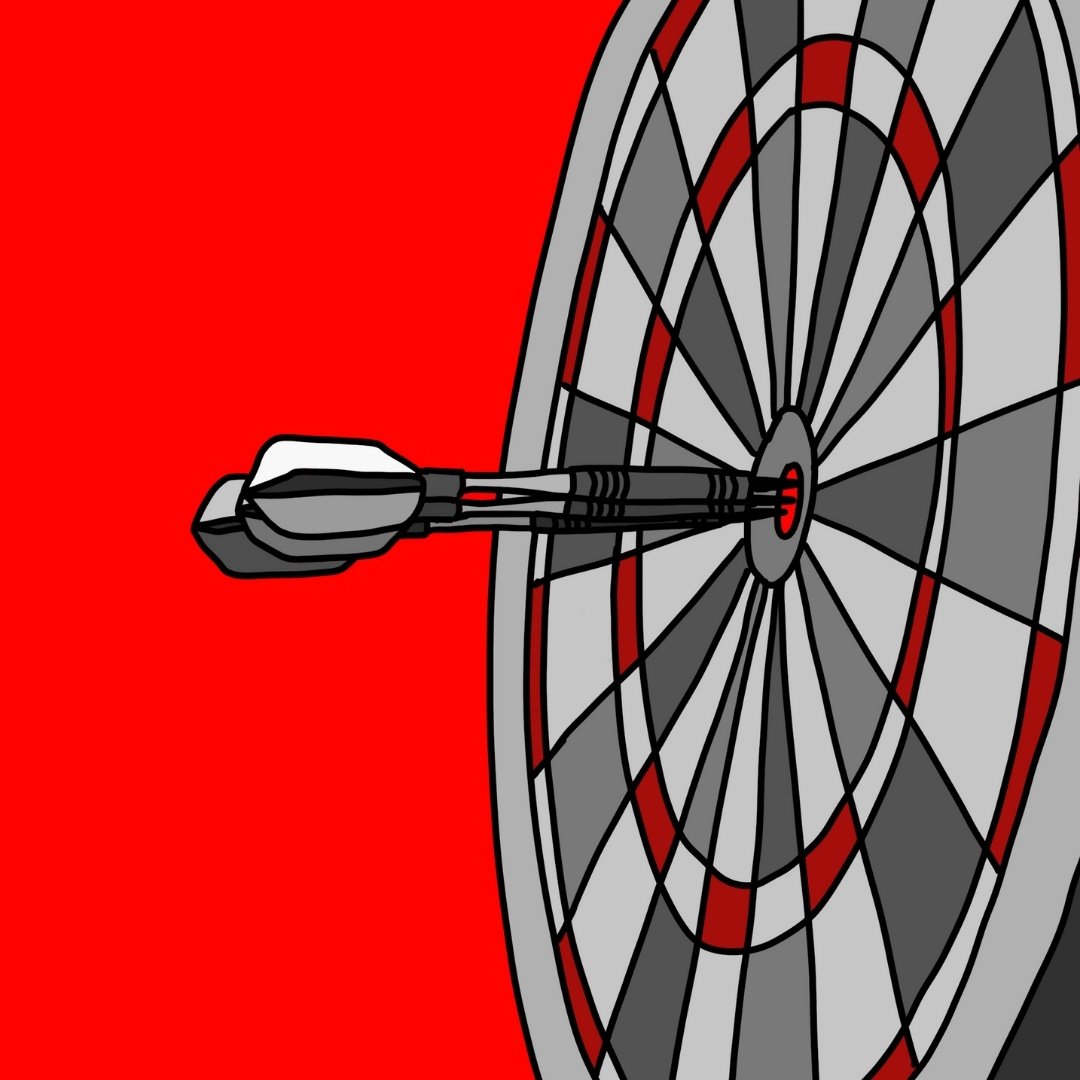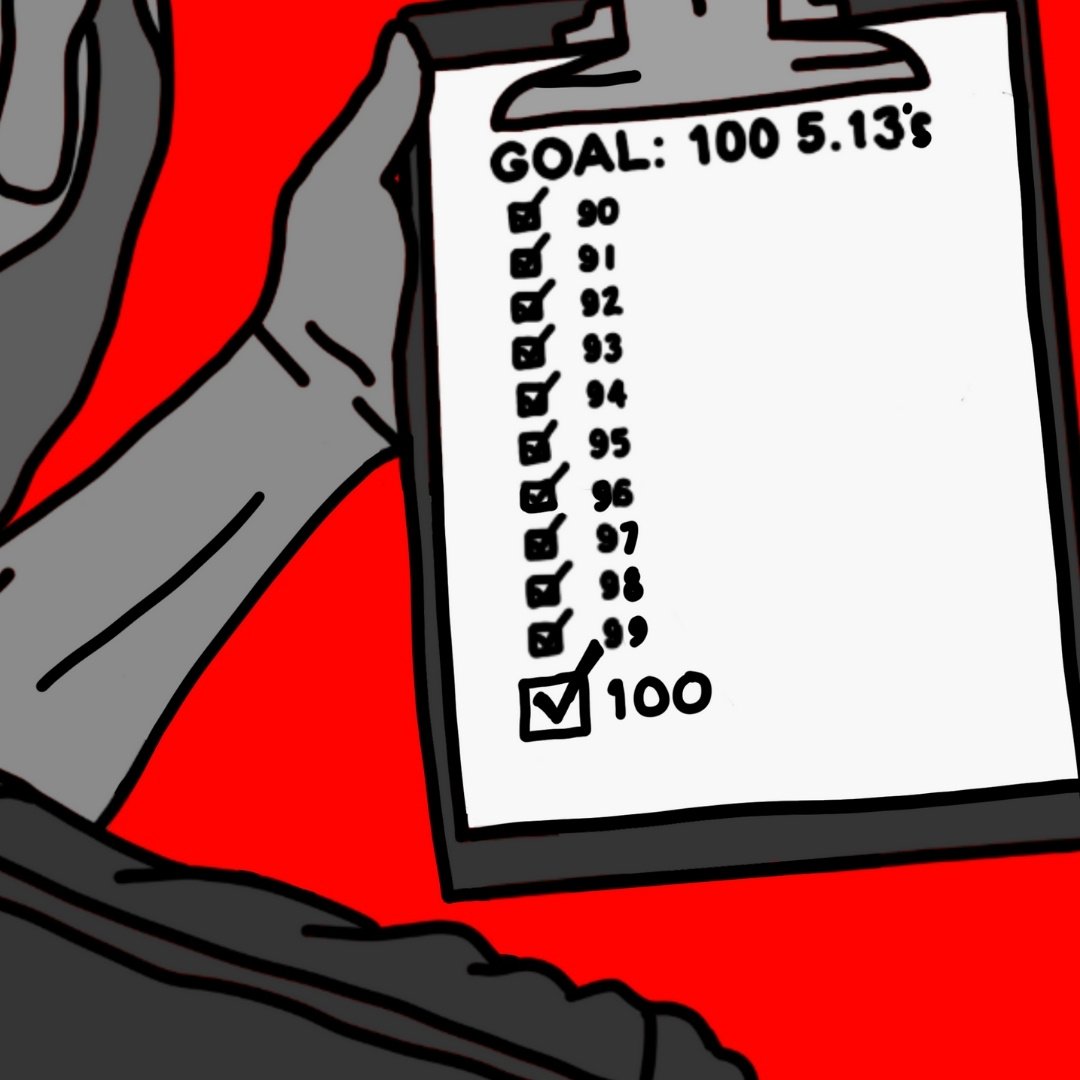Climbing Movement: Practice vs. Performance
If you’ve read my book, The Hard Truth, you know that I like to throw my hat over the fence as a way to spur myself to action. In a recent Q&A episode, I decided to give myself a public deadline for the movement assessment and mini-course that I’ve been building.
June 17th. 2 weeks from today.
At the time I was pretty nervous that maybe I’d thrown my hat over a fence I wasn’t fully prepared to climb. But I’ve had a couple of big revelations over the past week or so, and it’s looking like I’ll make my self-imposed deadline.
Last time I wrote to you, I had come to a conclusion after a conversation with Nate that within this system, breaking movement into 5 foundational elements, the technique you choose is irrelevant. That led me to another question:
When does the technique you choose become relevant, and is that the immediate next step in this system of thinking?
At first, I was thinking of the answer to this question as simply a practice vs. performance paradigm. In performance, we always lead with what technique we are choosing, particularly when communicating with partners. It’s only after this technique choice that we start to discuss position or tension or commitment or some other element that we need in order to further dial things in.
But in practice, if we lead with the elements first, we’re better prepared to take advantage of whatever technique is afforded us by the useful features on whatever rock we’re facing.
For a few days, I was satisfied with this idea. But then it hit me, and I couldn’t believe I hadn’t seen it earlier.
Techniques – all of them – are just the language we use to name the combination of elements as they show up in usage.
Most often we name a basic technique based on Position (drop-knee, figure 4, heel hook, back flag, etc.). When Position isn’t enough and there is some other delineation required, it’s always how one of the other Atomic Elements is required that makes the difference. For instance, the difference between a deadpoint and a dyno comes down to both Tension and Rhythm.
We’re turning the dials of the 5 Elements, looking for a certain mix, even when discussing specific techniques. PARTICULARLY when discussing specific techniques.
That realization led me to consider an email I’d gotten from one of you readers about the RIC scale (shoutout to Lucy!), which was developed by my friend Tonde Katiyo and is used by setters to evaluate climbs. When I first spoke with Tonde about his idea, I didn’t connect it to how the climber then chooses to move. But now, it’s easy to see that the 5 Elements I’m proposing are exactly how we interface with the RIC scale.
We respond to Risk with Commitment.
We respond to Intensity with Effort.
We respond to Complexity by combining Tension, Position, and Rhythm.
!!!!!
It’s understandable if you’re not five bold exclamation points’ worth of excited about this like I am. It doesn’t change the way we move. However, I do believe it could change the way we think about movement practice. Instead of going into the gym with the intention of practicing individual techniques, we could instead be practicing these Elements, and by putting smart constraints into place, can allow the setters and our own affordances to direct us in our technique choice.
That’s not to say working on individual techniques isn’t valuable. It absolutely is. It’s just not the starting point. Not even close.
CONSULTATION OPENINGS
I’ve opened up a few 60 minute video consultation slots for the summer. If you’re interested in chatting about your training, tactics, how to plan for various goals or whatever, let’s talk!
CONNECTING THE DOTS
Even though we were one of the first companies to popularize movement drills outside of the ubiquitous and lazy Quiet Feet or Straight Arms, I’ve always been skeptical of the drills I see that seem to add in random constraints. There’s a case to be made for Differential Learning, but that still seems like too much of a crapshoot to apply broadly. Now I’m starting to understand my reservations. I didn’t have the language to explain it until I boiled it down to these 5 Elements, but in my opinion, every movement drill should directly challenge one (or more) of these Elements.
Rooting? You’re working on Tension.
Sloth Monkeys? You’re working on Tension and Rhythm, with a healthy dose of Position and Commitment thrown in.
False Starts and Hovers? Position and Tension.
Ten Minute Takedown? Commitment and Effort.
And so on. The constraints put in place by these drills force you to be intentional about the Elements themselves. We’ve been doing it (mostly) right all along. We even went as far as writing an ebook about how to improve one of the Elements, Tension. But we stopped there.
Now I feel like I’m finishing what we started.
I’ve been hearing repeatedly that when it comes to improving how we move, deciding where to start is the first big hurdle. I just put together a list of 30 or so drills and categorized them according to which of the Elements they directly challenge. Based on the results of the self-assessment, this drill matrix will give you a few options for where to start and help you zero in on what might make the biggest difference in your climbing.
June 17th. 2 weeks from today.
CURRENT subscribers and our podcast Patrons will get first dibs when it goes live. The first opening will be limited and will include a live Q&A Group Call with me to try to dial this system into the valuable resource I know it can be. So if you’re interested, make sure your a subscriber or Patron!
If you’re reading this, you’re probably someone who enjoys thinking deeply about how we can improve as climbers. If you also enjoy brainstorming and discourse, I’d love your feedback. If you have a lightbulb moment or a big question that hasn’t been answered, just drop a comment below. Or Instagram, or Patreon, or wherever. Just send it.
That's how we all get better. Together.
– Kris
Related Things to Stay Current:
Check out our Movement Practice Resource Page.
Check out the latest YouTube video.
Subscribe to the podcast on your favorite pod player.
If you’re a coach, our Coaching for Mastery course is a good start for our upcoming deep dive into movement learning.
An ongoing Spotify playlist with all of our past movement focused episodes.
Subscribe to THE CURRENT to get these monthly thoughts in your inbox.














